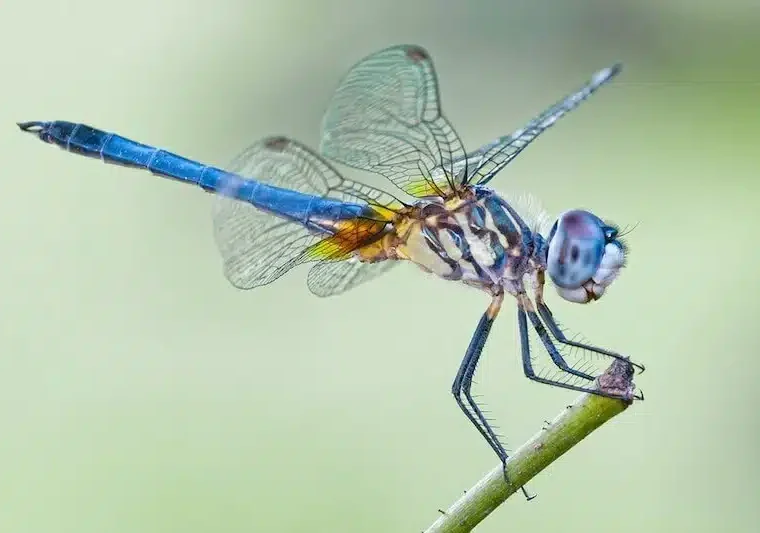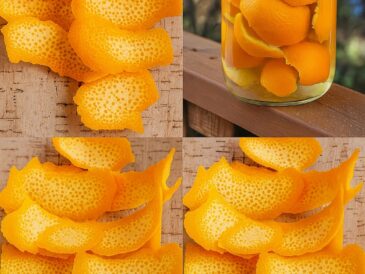5. White Yarrow (Achillea millefolium)
This tough wildflower produces flat-topped clusters of tiny white blooms.
- Attracts: Parasitic wasps and small pollinators
- Soil: Dry to medium, well-drained
- Sun: Full sun
- Hardiness: Excellent ground cover and pollinator plant

Aquatic & Shoreline Plants for Dragonfly Breeding
Dragonflies lay their eggs in water. Their larvae (called nymphs) spend months or even years underwater, making ponds and water gardens the best way to make dragonflies permanent residents.
6. Arrowhead (Sagittaria latifolia)
Named for its distinct arrow-shaped leaves, this marsh plant grows in shallow water.
- Height: Up to 3 feet
- Flowers: White with yellow centers
- Ideal For: Edge-of-pond planting or containers in ponds
- Function: Resting spot for adult dragonflies and egg-laying site
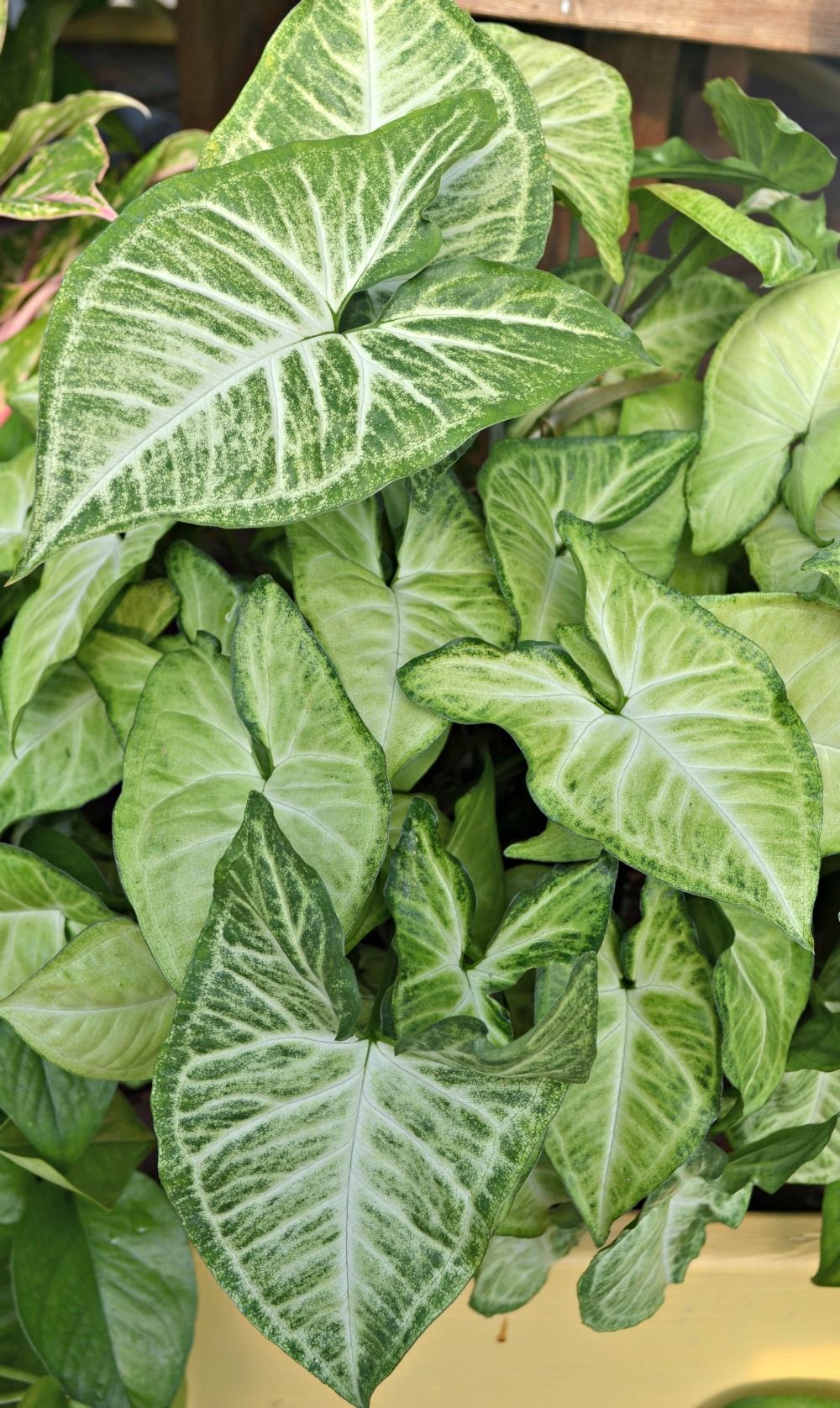
7. Wild Celery (Vallisneria americana)
Also known as eelgrass or tape grass, this submerged aquatic plant provides hiding places for nymphs and supports water oxygenation.
- Water Depth: 18 inches or deeper
- Light: Full sun to filtered light
- Bonus: Encourages aquatic insect life—food for nymphs

8. Water Horsetail (Equisetum fluviatile)
A unique plant that straddles the line between floating and emergent.
- Growth: Roots in soil, stems rise out of the water
- Use: Nymphs climb stalks to emerge as adults
- Sun: Full sun to part shade
- Bonus: Adds texture to pond edges
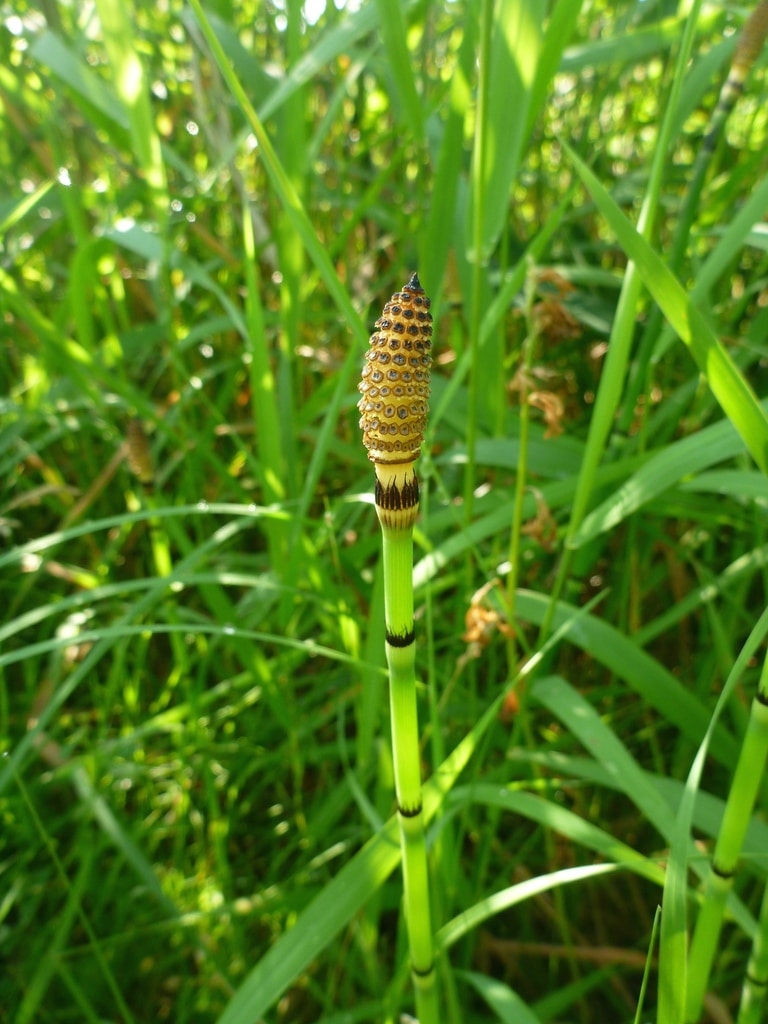
9. Cattail (Typha latifolia)
An iconic wetland plant that’s perfect for creating shelter and egg-laying spots.
- Height: 5–10 feet
- Light: Prefers full sun
- Water: Moist soil or shallow standing water
- Maintenance: Easy to propagate from rhizomes
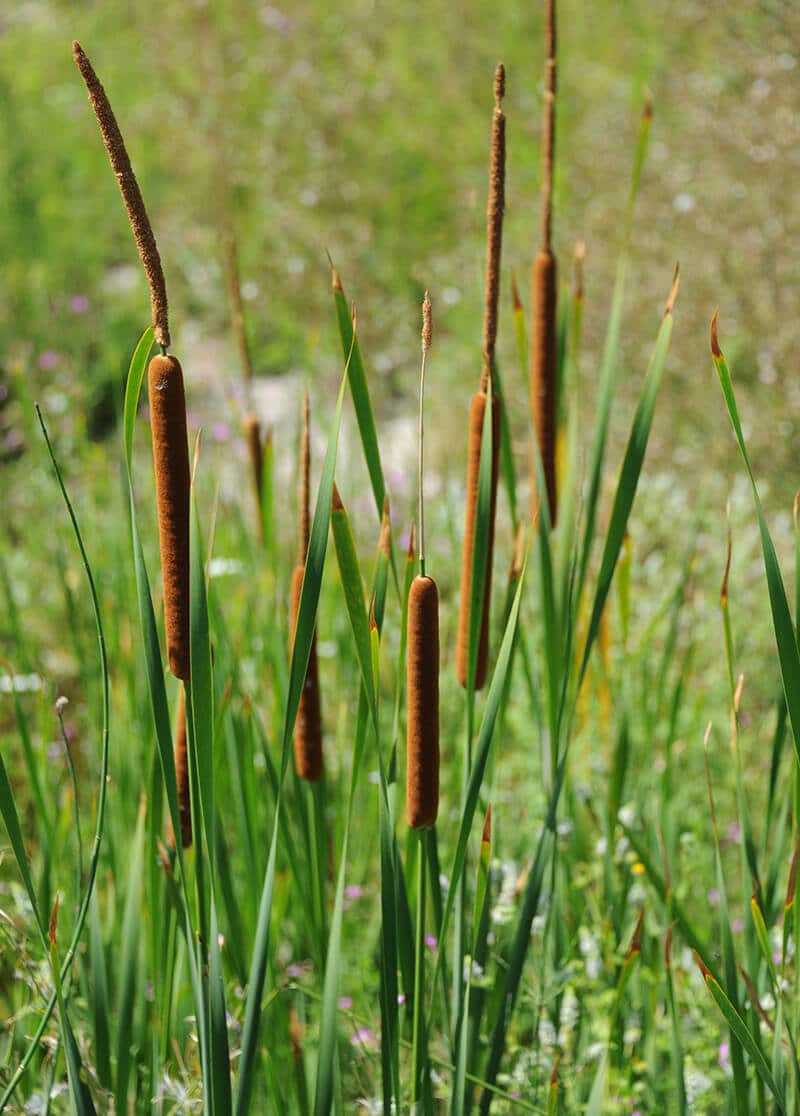
10. Water Lily (Nymphaea spp.)
Floating leaves and showy blooms make this plant both ornamental and practical.
- Use: Adults lay eggs on floating leaves
- Planting: Use tubers in underwater pots
- Sun: Full sun
- Depth: 12 to 24 inches of water
Water lilies create shade, oxygenate water, and provide landing zones for dragonflies and pollinators alike.

Additional Tips to Attract Dragonflies
- Add rocks near your pond or garden: Dragonflies love sunbathing on warm stones.
- Provide perches: Bamboo stakes or twigs give them places to rest.
- Avoid pesticides: Insecticides kill not only mosquitoes, but also dragonfly larvae and pollinators.
- Don’t introduce fish: Many fish eat dragonfly nymphs, which reduces dragonfly populations.
If you’re tired of battling mosquitoes with sprays, coils, or candles, it’s time to let nature restore the balance.
Dragonflies are beautiful, beneficial predators that offer a natural, eco-friendly alternative to chemical control methods.
By planting a mix of flowering perennials and aquatic plants, you’ll not only support dragonflies but enhance biodiversity and create a peaceful garden sanctuary.
Whether you build a pond or plant a few pollinator-friendly flowers, you’re contributing to a healthier ecosystem—one dragonfly at a time.
